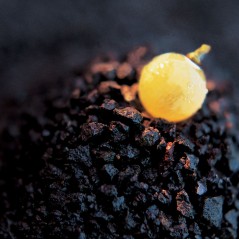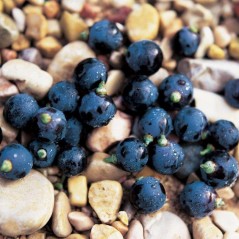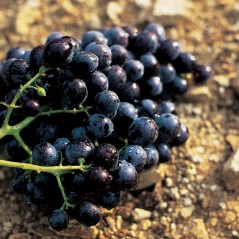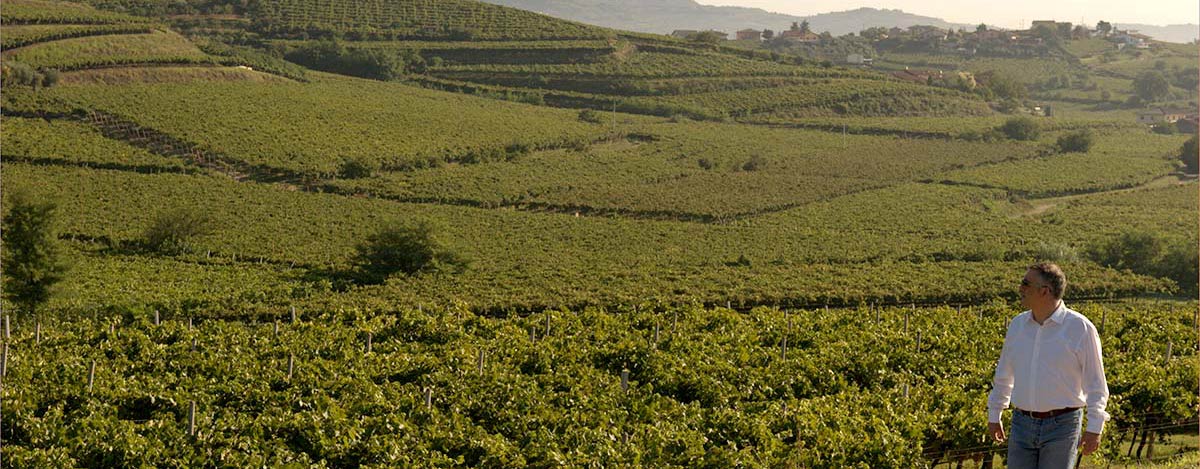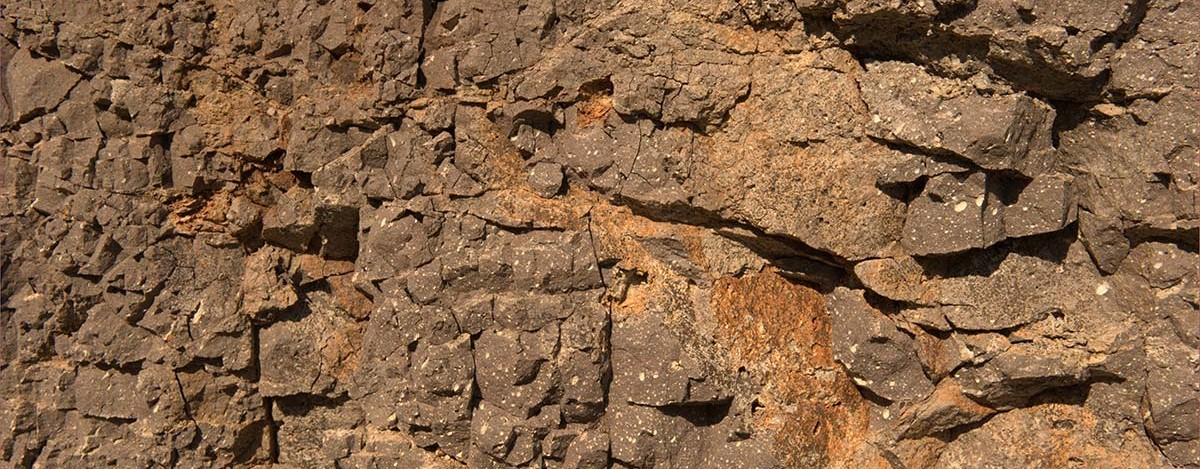Territorio
Lessinia Winestyle
All of the I Campi vineyards are close to the hill range of Monti Lessini which dominates the plains of the Verona and Vicenza regions and defines the climate of the entire hill and foothill areas and of the main DOC production areas of the Veronese region. These hills enclose the largest Italian glacial lake, the deep “Val d’Adige” and extend to the ancient underwater volcanoes which are the Berici Euganei hills we know today.
In these alpine foothills, two valleys can easily be distinguished : the Tramigna and Progno di Illasi. These two deep valleys run from the Monti Lessini towards the plains of Padania. With a North to South orientation and considerable difference in altitude from one end to the other (especially in the Illasi valley), these valleys create the constant air currents which are essential to high quality winemaking.
In these alpine foothills, two valleys can easily be distinguished : the Tramigna and Progno di Illasi. These two deep valleys run from the Monti Lessini towards the plains of Padania. With a North to South orientation and considerable difference in altitude from one end to the other (especially in the Illasi valley), these valleys create the constant air currents which are essential to high quality winemaking.
The term “mountain viticulture” can be used to describe this winery as all of the vineyards are located at an altitude of at least 250m and which are strongly affected by the nearness of the Lessini hills due to both the erosion, movement and re-mixing of the soils but above all in terms of the impact that these hills have on the climate. This type of viticulture, especially in the case of Campo Marna 500, takes advantage of the steepness of these hills which can reach 30-35% resulting in the need to terrace some of the sites to retain the soil.
The name of this vineyard is very significant and tells the story of a site located 200m up a slope of a small underwater volcano from the Eocene era of 50-60 million years ago. This foot-hill area below the Monti Lessini hills in this period were actually a coral barrier reef of unimaginable value in terms of the variety of fish and marine life present. Proof of this can be seen from the extraordinary Pesciaia di Bolca (fossil museum and excavation site ) on the summit of the slopes of the Vallata dell’Alpone. Here the Cerato brothers have excavated some of the most important fossils which today can still be found in museums around the world.

